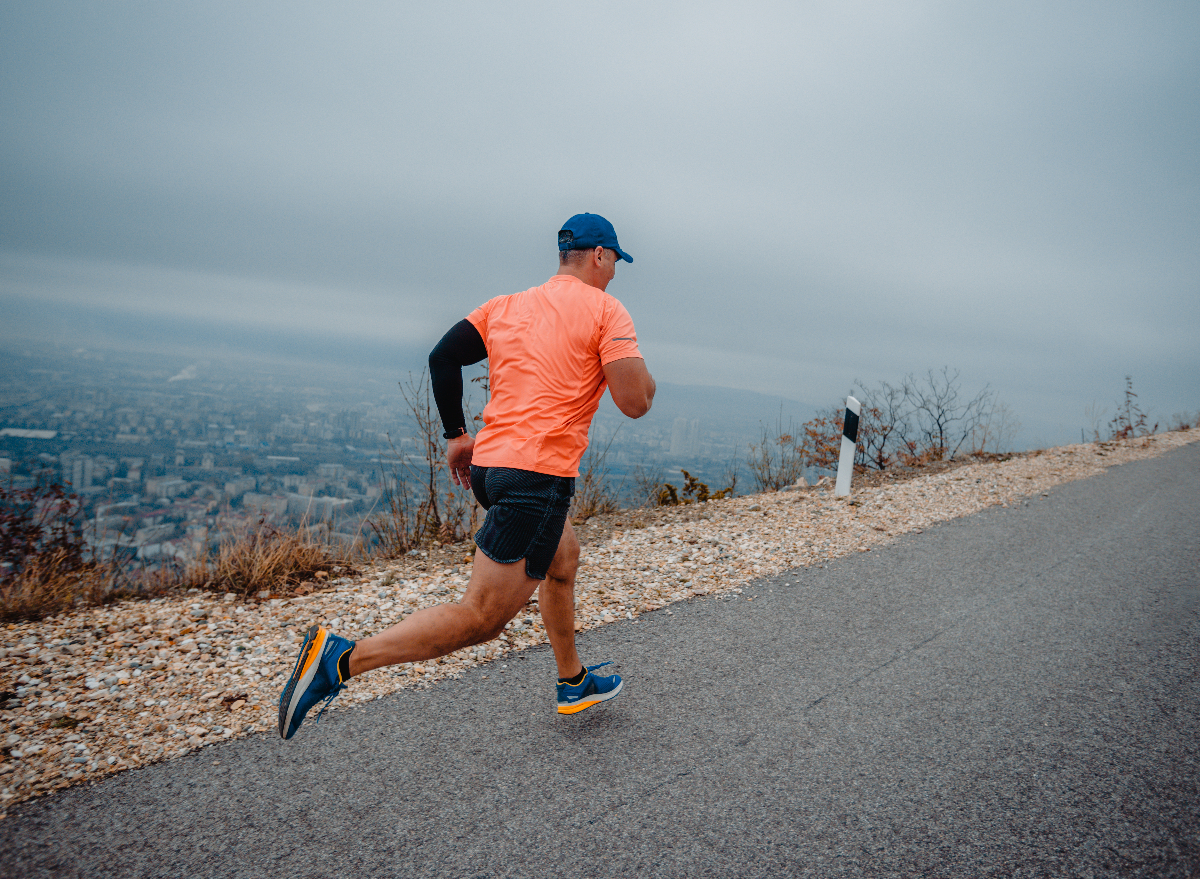Dealing With Common Running Discomforts: Reasons, Solutions, and Avoidance
As runners, we frequently experience numerous discomforts that can hinder our efficiency and pleasure of this physical activity. By checking out the origin factors for these running discomforts, we can uncover targeted remedies and preventive procedures to make certain a smoother and a lot more meeting running experience.
Typical Running Discomfort: Shin Splints
Shin splints, a typical running pain, frequently result from overuse or incorrect footwear throughout physical task. The recurring anxiety on the shinbone and the cells attaching the muscle mass to the bone leads to inflammation and discomfort.
To avoid shin splints, people need to progressively boost the strength of their workouts, put on suitable footwear with proper arch support, and maintain adaptability and strength in the muscles surrounding the shin (running strategy). Furthermore, integrating low-impact tasks like swimming or cycling can aid maintain cardio health and fitness while enabling the shins to recover.
Common Running Pain: IT Band Disorder
Along with shin splints, another common running discomfort that athletes typically run into is IT Band Syndrome, a condition brought on by swelling of the iliotibial band that leaves the outer upper leg and knee. IT Band Disorder typically materializes as discomfort on the outside of the knee, especially throughout tasks like running or cycling. The iliotibial band is a thick band of fascia that links the hip to the shin, and when it comes to be swollen or tight, it can massage against the thigh bone, bring about pain and discomfort.
Joggers experiencing IT Band Syndrome might observe a stinging or hurting feeling on the outer knee, which can aggravate with continued task. Aspects such as overuse, muscle inequalities, incorrect running form, or poor warm-up can add to the advancement of this problem.
Typical Running Discomfort: Plantar Fasciitis

Plantar Fasciitis can be connected to numerous factors such as overtraining, improper footwear, operating on difficult great tips surface areas, or having high arcs or level feet. To avoid and alleviate Plantar Fasciitis, joggers can incorporate extending workouts for the calf bones and plantar fascia, wear supportive footwear, maintain a healthy weight to decrease strain on the feet, and slowly enhance running intensity to prevent unexpected tension on the plantar fascia. If signs continue, it is suggested to seek advice from a health care expert for appropriate diagnosis and treatment options to address the problem properly.
Usual Running Discomfort: Runner's Knee
After dealing with the obstacles of Plantar Fasciitis, another prevalent problem that joggers often deal with is Jogger's Knee, an usual running discomfort that can prevent sports performance and cause discomfort during physical activity. Jogger's Knee, additionally known as patellofemoral pain syndrome, materializes as discomfort around or behind the kneecap. Joggers experiencing this discomfort might really feel a plain, aching pain while running, going up or down stairs, or after prolonged periods of sitting.
Common Running Pain: Achilles Tendonitis
Typically afflicting runners, Achilles Tendonitis is an excruciating problem that affects the Achilles ligament, creating pain and possible constraints in exercise. The Achilles ligament is a thick band of tissue that links the calf bone muscular tissues to the heel bone, important for tasks like running, leaping, and walking - useful reference. Achilles Tendonitis often creates as a result of overuse, inappropriate footwear, insufficient extending, or unexpected increases in exercise
Signs And Symptoms of Achilles Tendonitis consist of pain and stiffness along the tendon, particularly in the morning or after periods of inactivity, swelling that worsens with task, and perhaps bone stimulates in persistent situations. To stop Achilles Tendonitis, it is important to extend appropriately previously and after running, use ideal footwear with appropriate support, progressively boost the strength of workout, and cross-train to decrease recurring stress on the tendon. Treatment may entail rest, ice, compression, elevation (RICE procedure), physical treatment, orthotics, and in severe cases, surgical treatment. Early intervention and correct treatment are important for handling Achilles Tendonitis successfully and stopping lasting issues.
Conclusion
